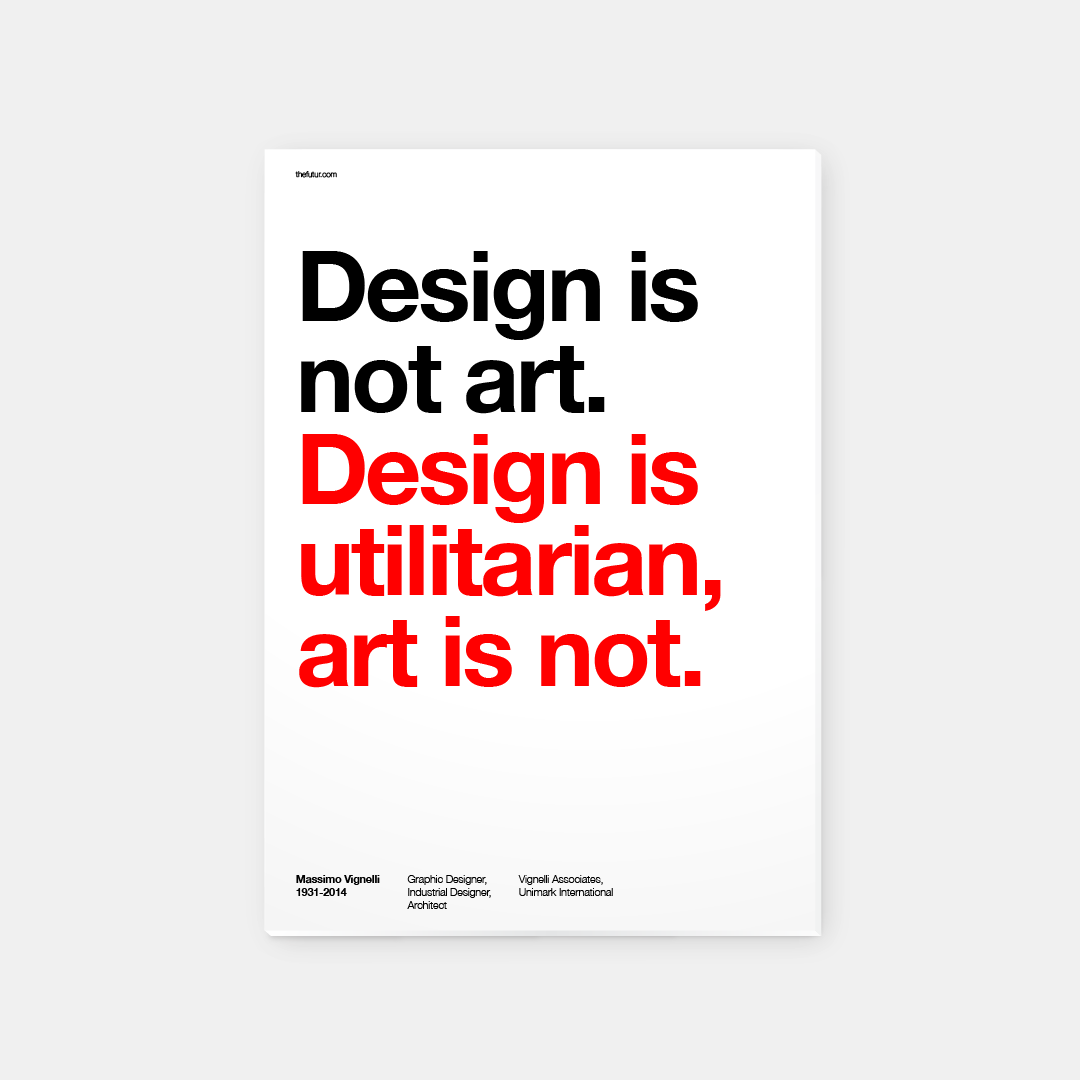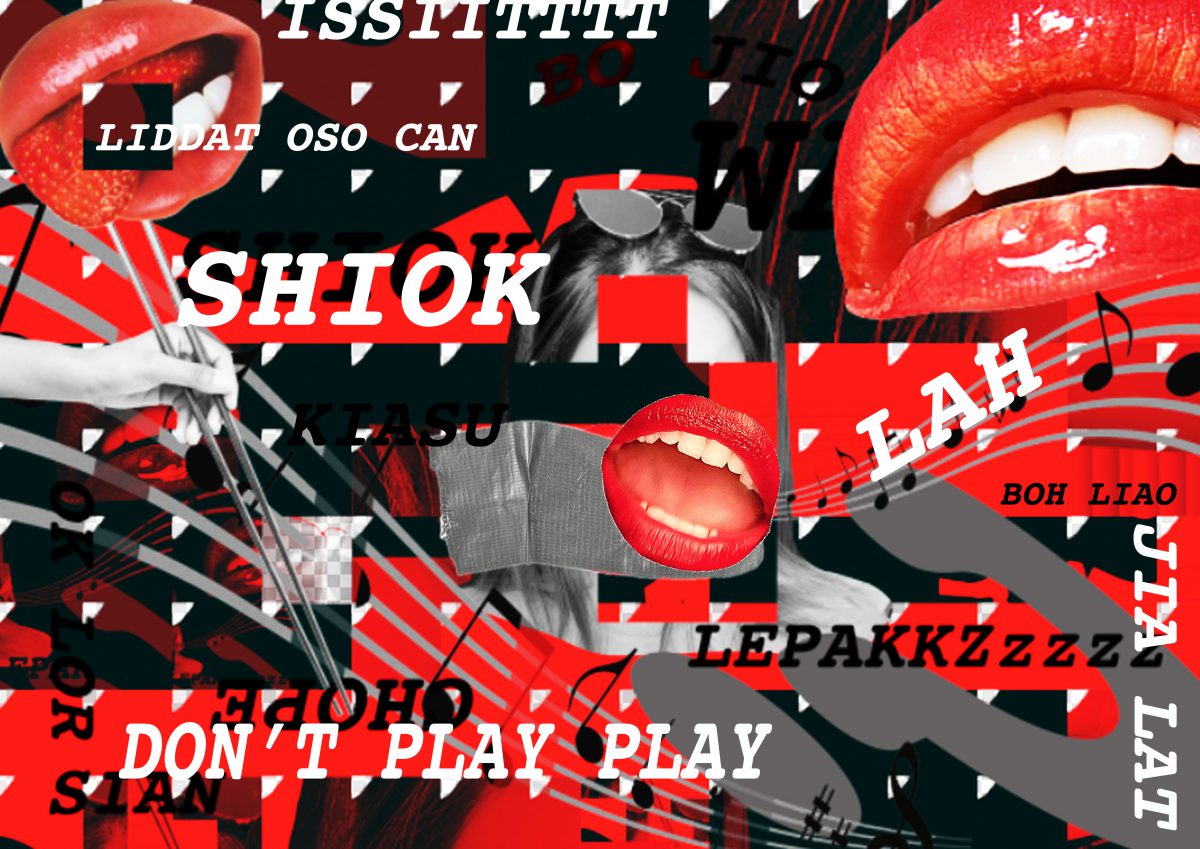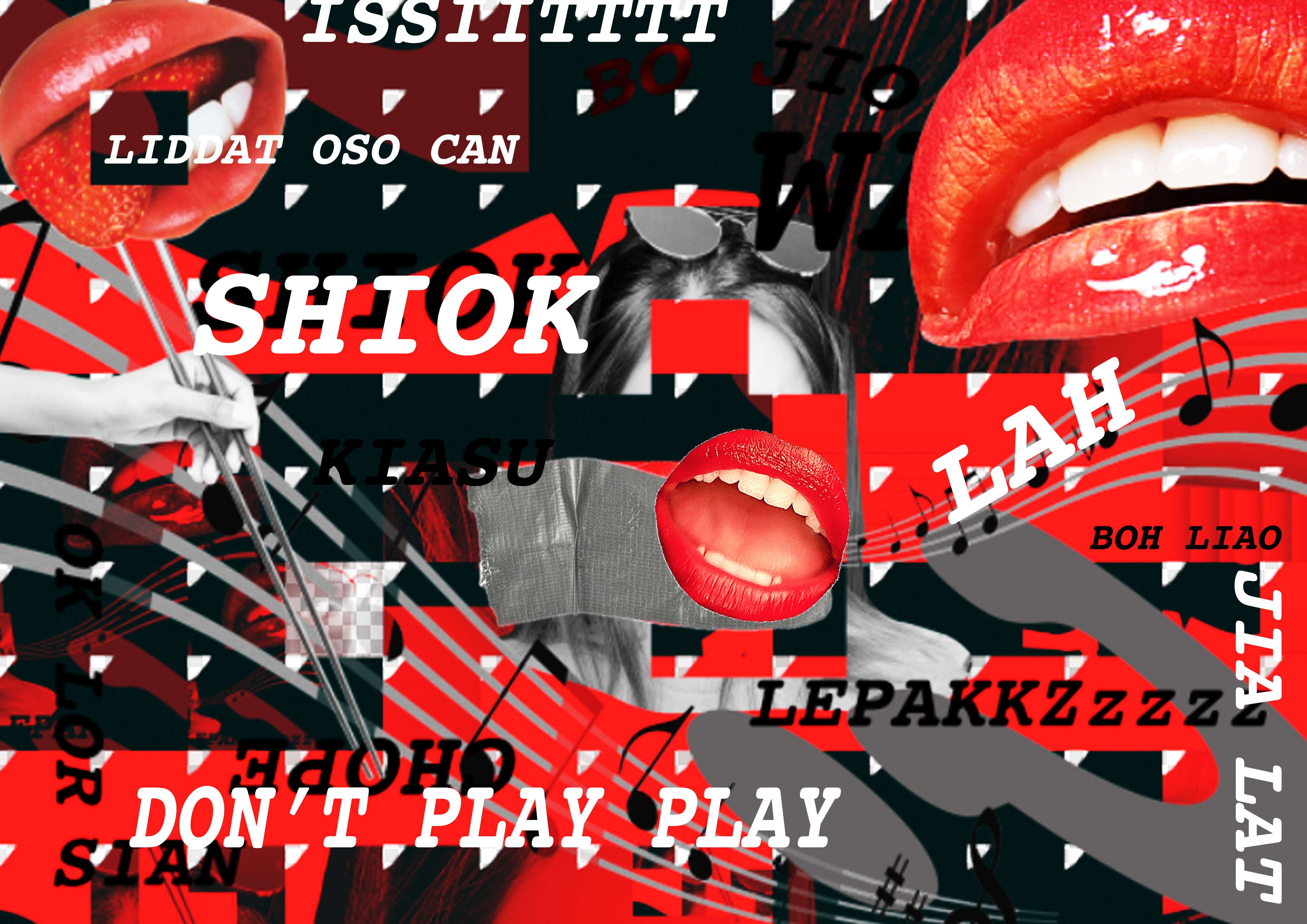Massimo Vignelli is an Italian designer who dappled in a vast range of design: branding, packaging, housewares, furniture, showroom design and etcetera. One of his ethos was that “If you can design one thing, you can design everything.” This ethos was reflected in his work within the Modernist tradition. Vignelli focuses on simplicity and clarity of design through the use of basic geometric forms in all his work. He sees himself as an “information designer”. His aim was never to design for the aesthetics but to solve problems for the people through design.
Thus the quote “Design is utilitarian, art is not.” This infers that design is designed to be useful or practical rather than attractive.

Massimo Vignelli is one of the most important figures in the history of design. He has designed graphic systems that has a use for people in every day life . His design and cultural commitment has produced a foundation to the world of Modernism in the Early 20th century. He has taught us to appreciate the practicality and the elegance of simplicity, to present information in a visual and structural form.
The next article, focused on the rise of corporate identity, which portrays Vignelli’s design-with-purpose methodology. The visual communication we get from a brand can be affected by many factors such as the media, society and consistency. Corporate identity is definitely a make or break in the marketing industry, especially in a consumer’s point of view. In a fast-paced revolutionised modern society, brands have to keep up with the trend in order to catch the eyes and heart of the people. These visual informations are what consumers observe and judge upon on. The stronger and constant brand identity it holds, the stronger the impact and consumerism it holds. Thus the importance of the contextual meaning and design of brand identity.
References:
http://www.eyemagazine.com/feature/article/reputations-massimo-vignelli
http://www.designishistory.com/1960/corporate-id/






